Abstract
While the sustainment of percutaneous nephrostomy with regular change in chronic un-operable cases is widely performed for relief of urinary obstructions, performance of the blind procedure without fluoroscopic monitoring could result in clinical disaster. We report on a case of direct renal vein injury by mis-guidance of a nephrostomy catheter, which was successfully managed conservatively by serial venography monitoring combined with intensive conservative treatment. To the best of our knowledge, this is the first report on management of a renal vein injury during the percutaneous nephrostomy.
Go to : 
REFERENCES
1. Skolarikos A, Alivizatos G, Papatsoris A, Constantinides K, Zerbas A, Deliveliotis C. Ultrasound-guided percutaneous nephrostomy performed by urologists: 10-year experience. Urology. 2006; 68:495–9.

2. Thanos L, Mylona S, Stroumpouli E, Kalioras V, Pomoni M, Batakis N. Percutaneous CT-guided nephrostomy: a safe and quick alternative method in management of obstructive and nonobstructive uropathy. J Endourol. 2006; 20:486–90.

3. Cochran ST, Barbaric ZL, Lee JJ, Kashfian P. Percutaneous nephrostomy tube placement: an outpatient procedure? Radiology. 1991; 179:843–7.

4. Jones CD, McGahan JP. Computed tomographic evaluation and guided correction of malpositioned nephrostomy catheters. Abdom Imaging. 1999; 24:422–5.

5. Egilmez H, Oztoprak I, Atalar M, Cetin A, Gumus C, Gultekin Y, et al. The place of computed tomography as a guidance modality in percutaneous nephrostomy: analysis of a 10-year single-center experience. Acta Radiol. 2007; 48:806–13.

6. Khoo L, Anson K, Patel U. Success and short-term complication rates of percutaneous nephrostomy during pregnancy. J Vasc Interv Radiol. 2004; 15:1469–73.

7. Stables DP. Percutaneous nephrostomy: techniques, indications, and results. Urol Clin North Am. 1982; 9:15–29.

8. Farrell TA, Hicks ME. A review of radiologically guided percutaneous nephrostomies in 303 patients. J Vasc Interv Radiol. 1997; 8:769–74.

9. Chan PN, Wong KT, Lee SF, Yu SC. Case report: lumbar artery bleeding as a complication of percutaneous nephrostomy in a patient with coagulopathy. Br J Radiol. 2004; 77:878–80.
Go to : 
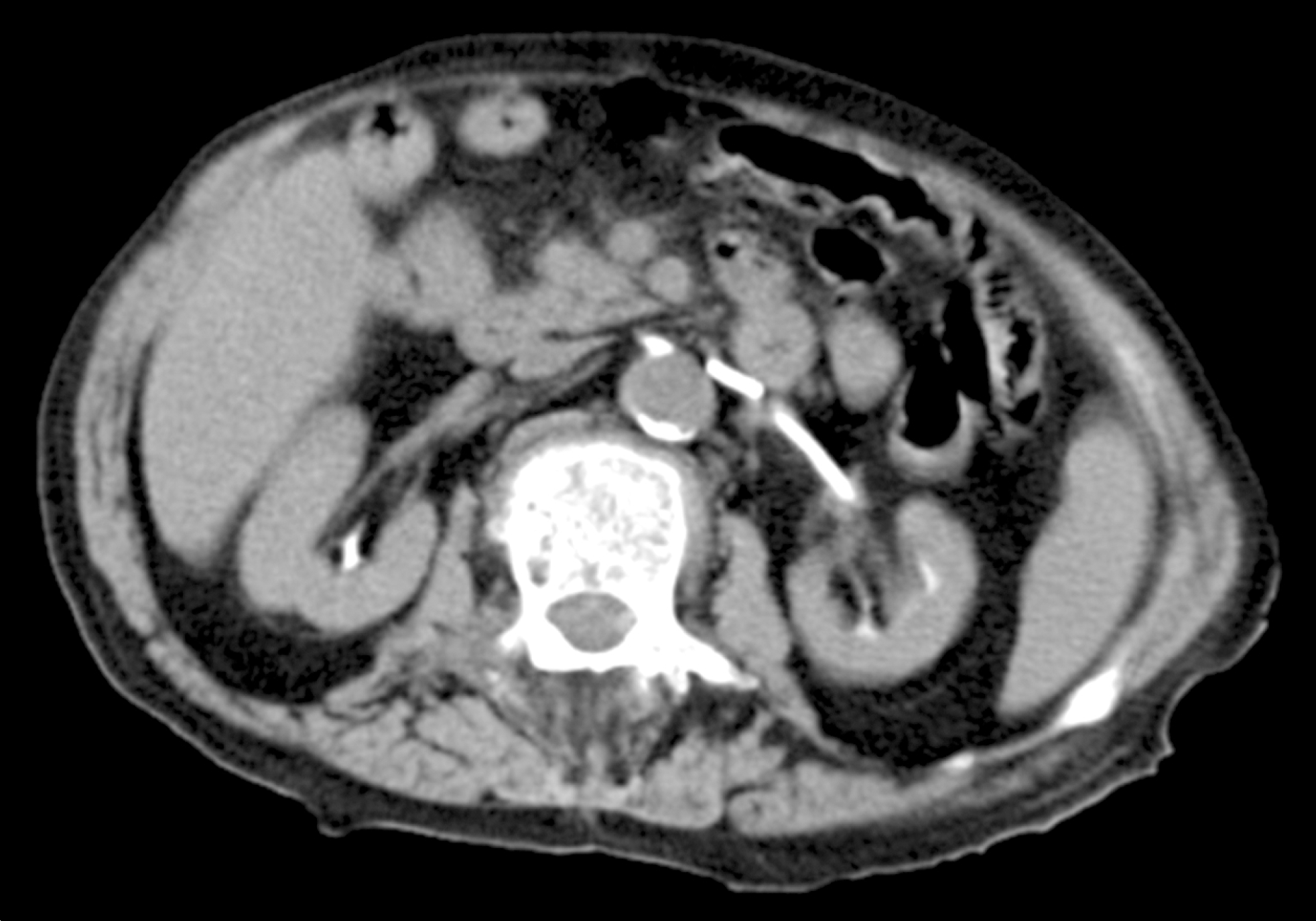 | Fig. 1.A renal computed tomography image taken 6 hours after the percutaneous nephrostomy change showed the nephrostomy catheter located in left renal vein. |
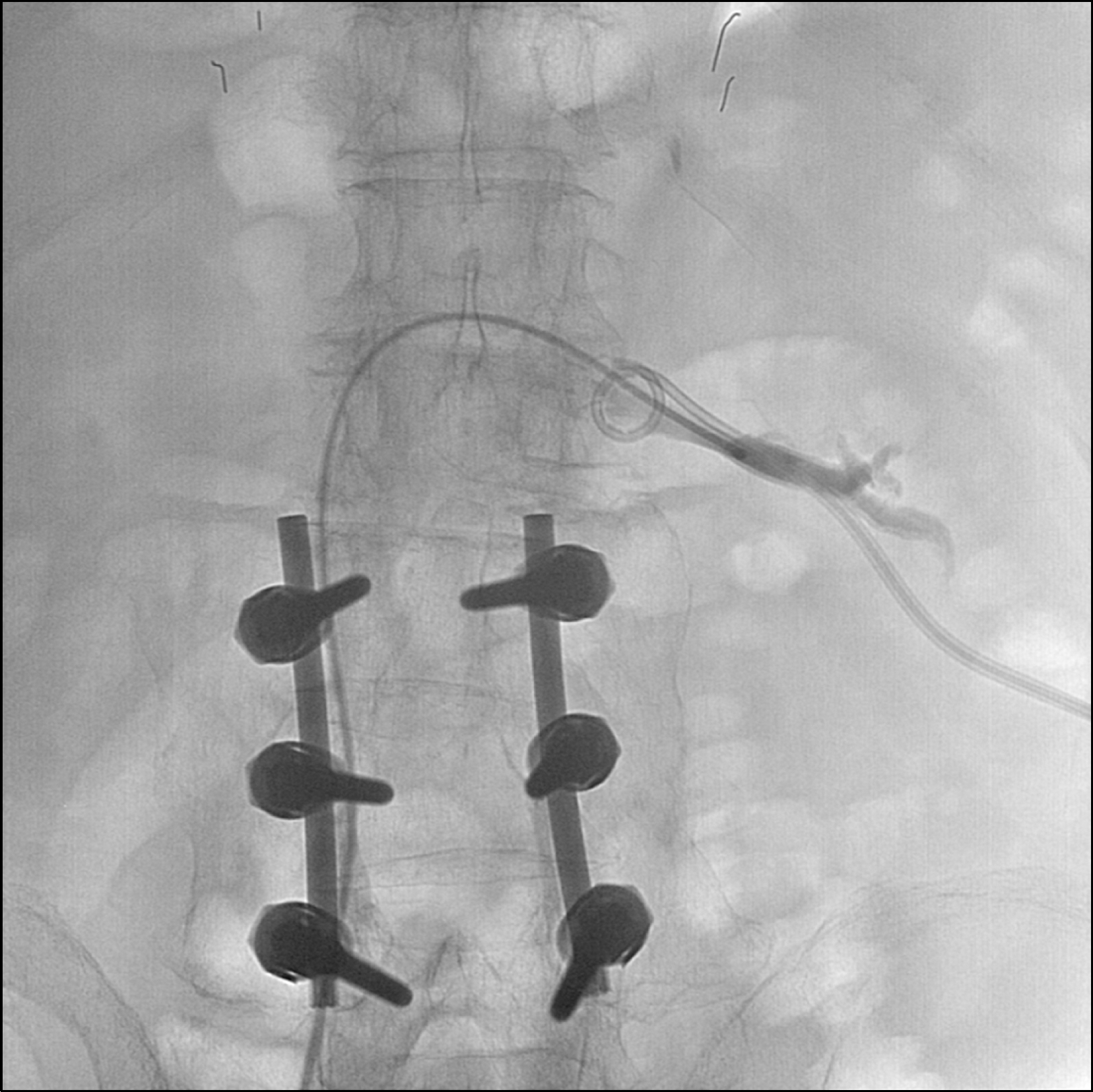 | Fig. 2.Initial venography taken 72 hours after percutaneous nephrostomy catheter insertion. |
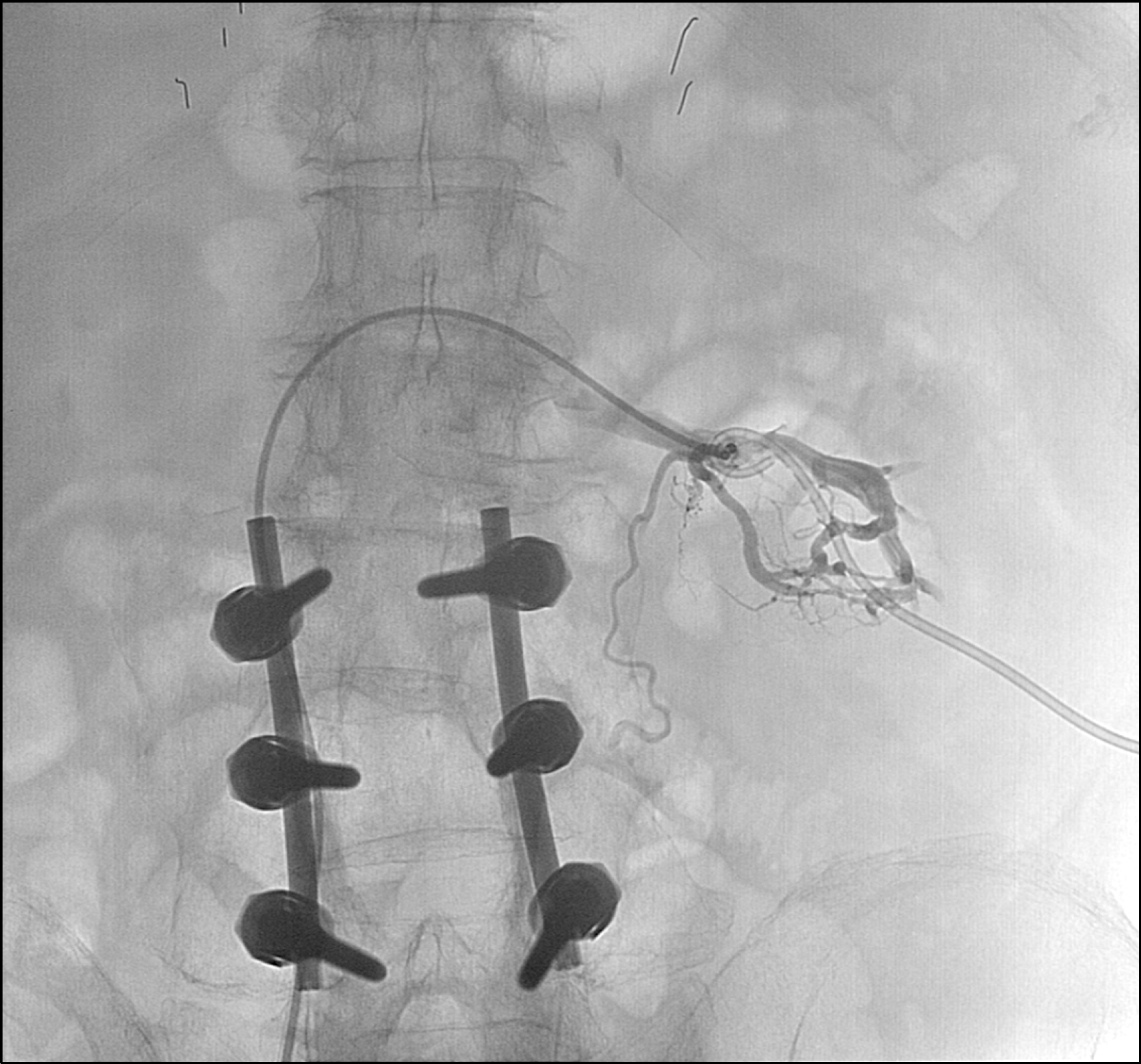 | Fig. 3.Follow up venography taken 120 hours after percutaneous nephrostomy catheter insertion showed the catheter located near the bifurcation of renal vein. |




 PDF
PDF ePub
ePub Citation
Citation Print
Print


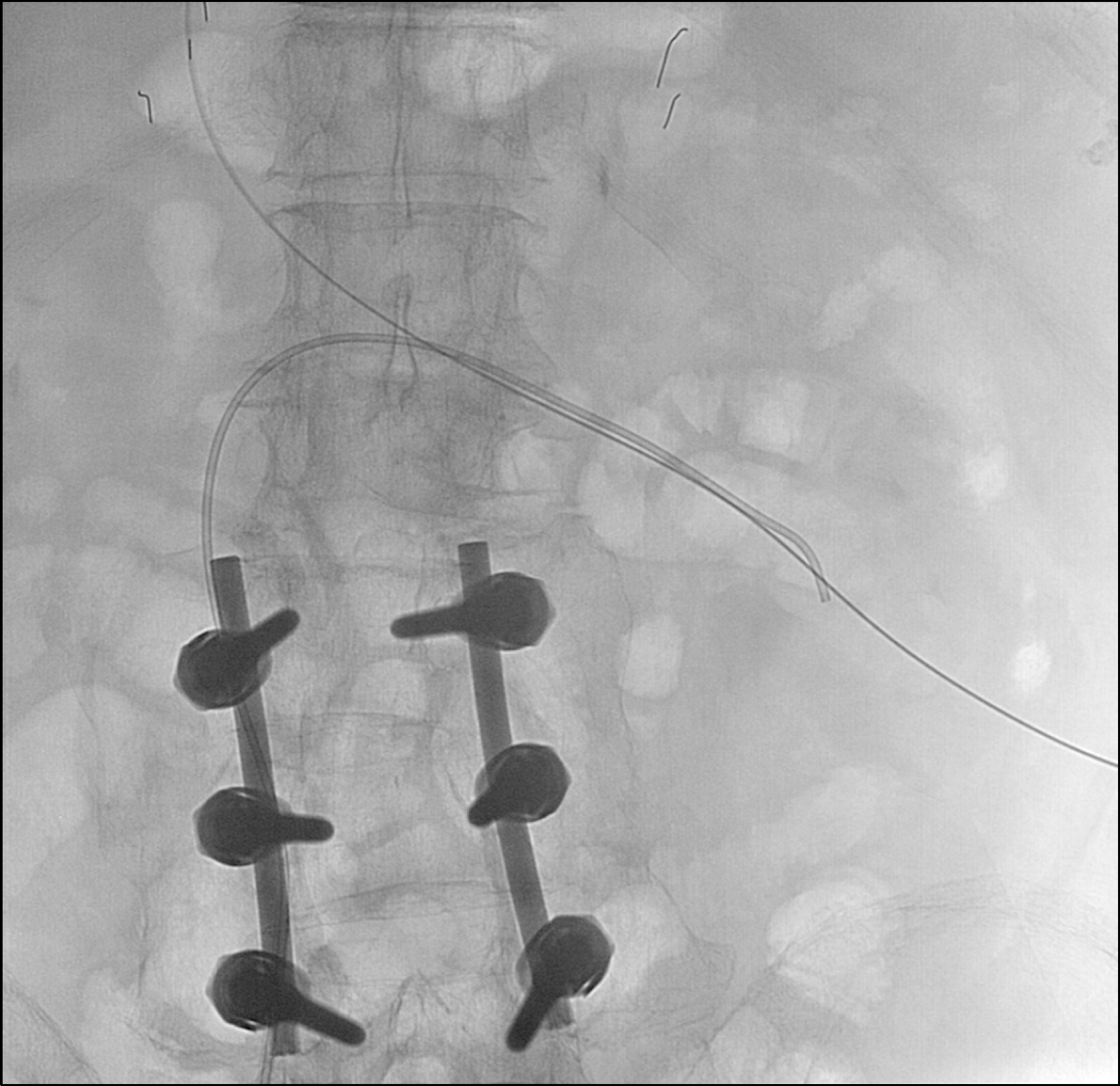
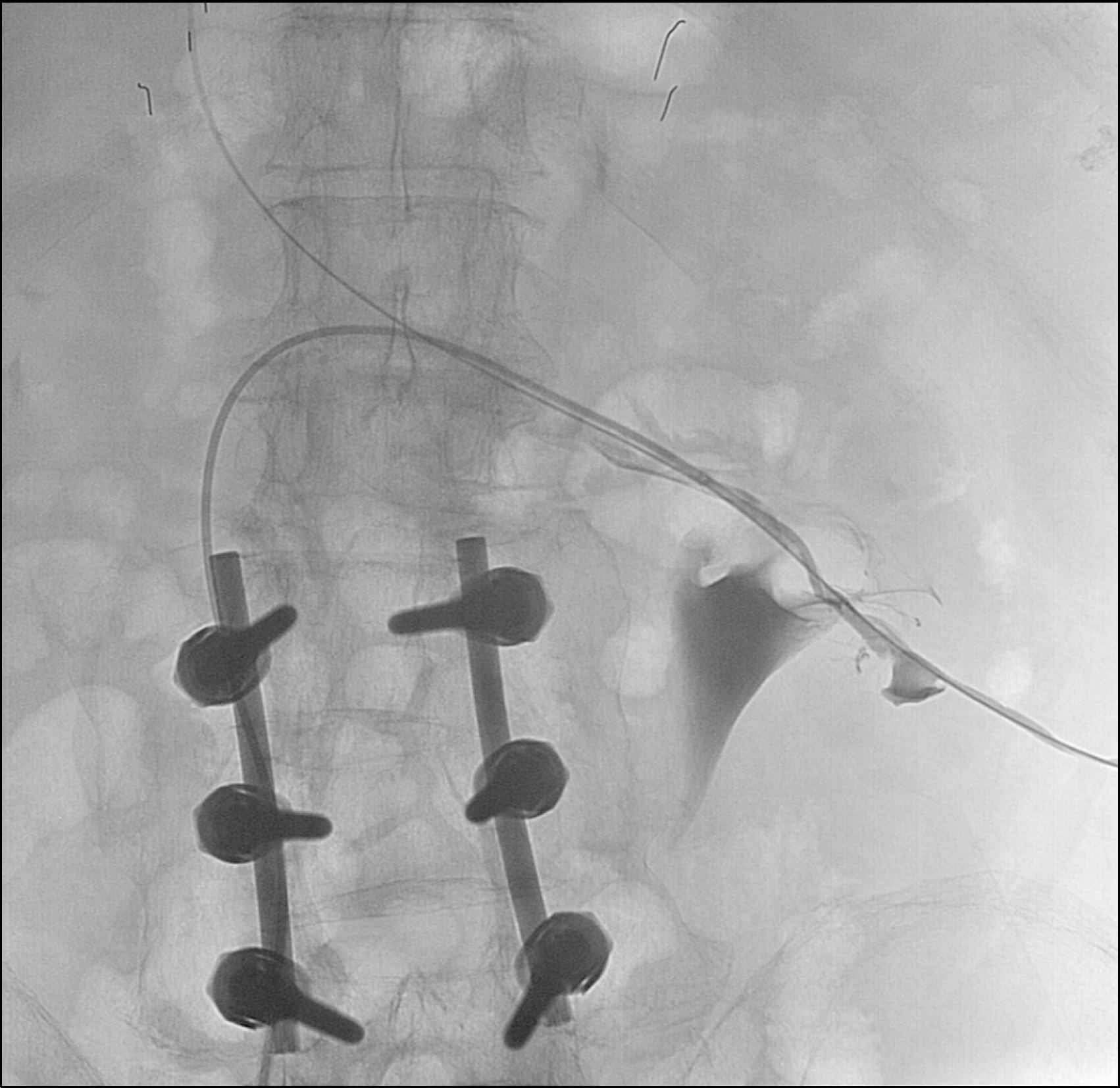
 XML Download
XML Download